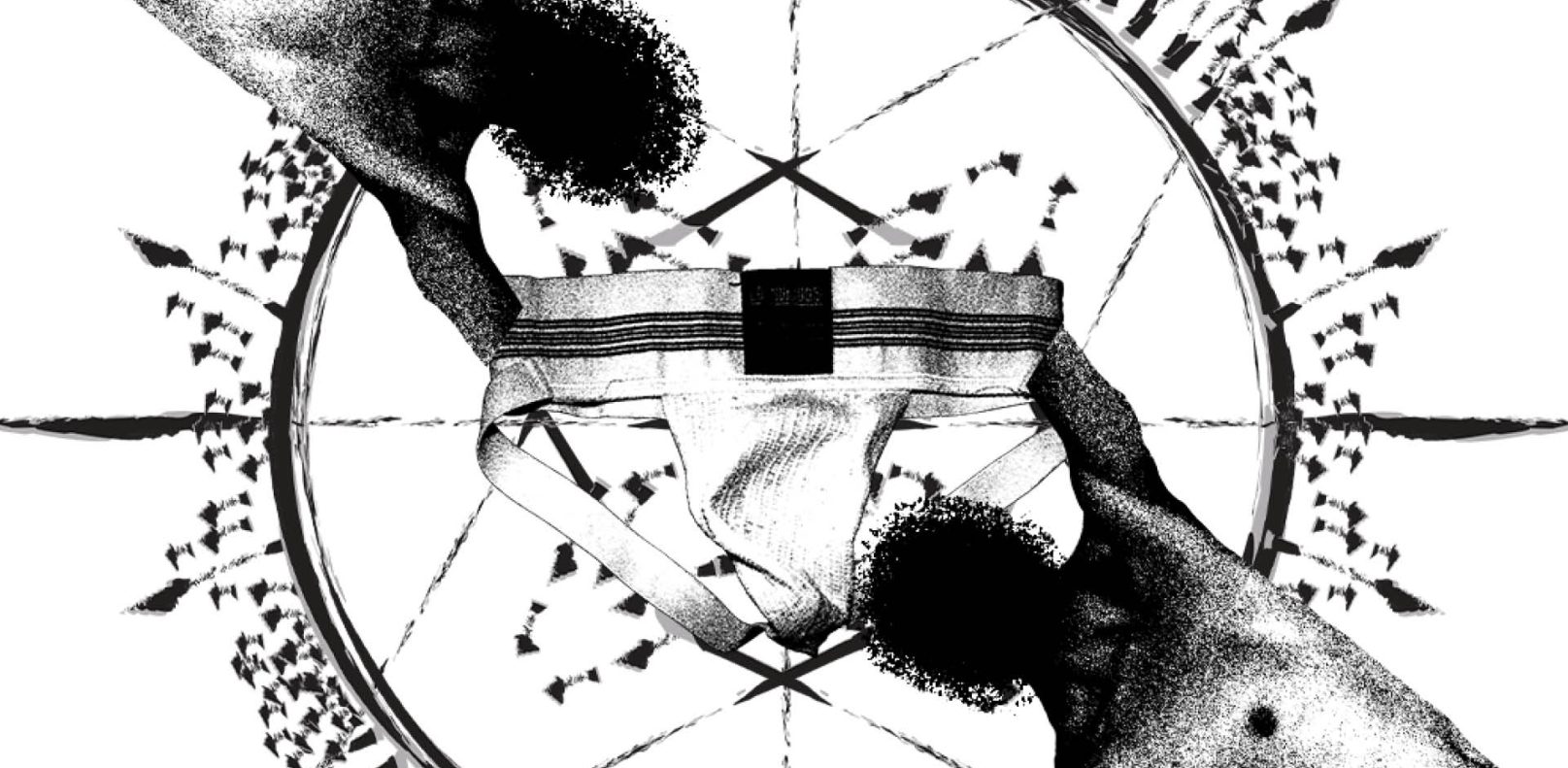Once a niche anti-chafing campaign, the jockstrap was not always the sanctimonious starlet we know today. 1874, a date second in significance to the birth of Jesus Christ, marks the year in which the jock hit locker rooms. Invented by C. F. Bennet, its sole purpose was to provide support for bicycle jockeys. While the strap we know and adore now is assless, the previous iteration resembled a thong. Similarly to Christ, a later version of the jock claimed to “save lives” in the early 20th century.
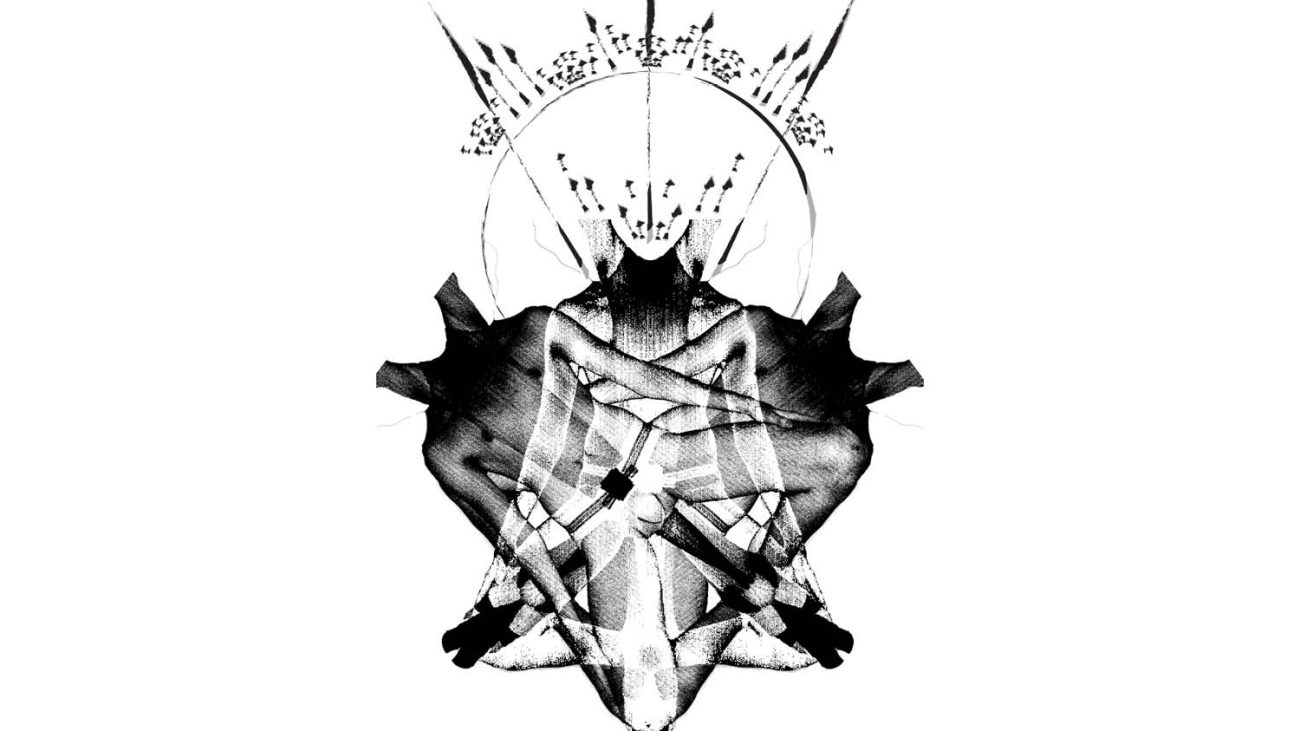
Known as the Heidelberg Electric Belt, this electric voltage jock claimed to cure a number of ailments, such as kidney disorders and erectile dysfunction. While the jury was still out on Jesus, it was discovered that, to no one’s surprise, Heidelberg’s belt cured nothing. The classic jockstrap made its way back to dads and athletes until, as tradition, it was reborn by those who know a diva when they see one: the gay community.
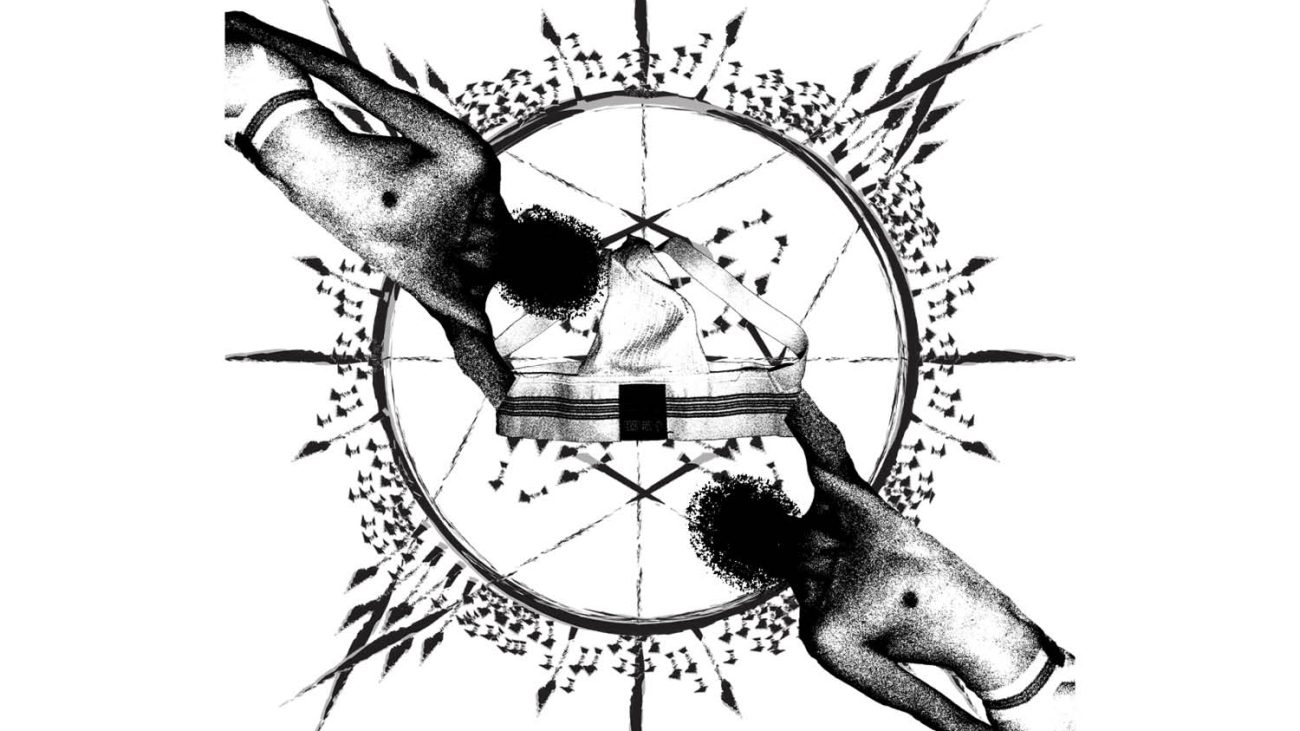
Around this time, hyper-masculinity had become a staple in queer fashion. Tom of Finland entered the zeitgeist, and gym culture began to flourish. What was once a reminder of stereotypical differences became a fantasy. Sport was homoerotic. The fetishization of the “straight jock” made its way stylistically into queer spaces, becoming a sex symbol amongst gay men overnight.
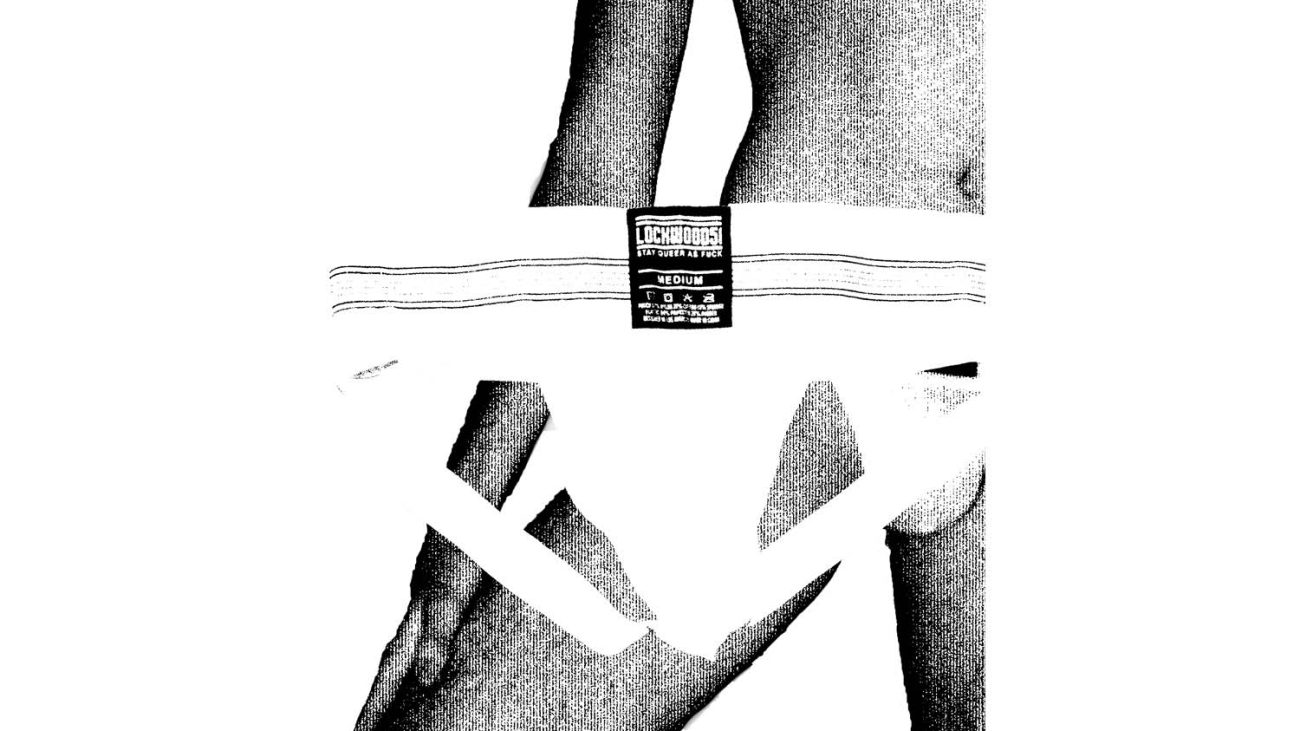
This sudden emphasis on hyper-masculinity fueled by kink and fetish transpired out of assimilation. During the AIDS crisis, the image of a gay man was one who appeared sickly and scrawny. To combat this, many men took to the gym, hoping that the layers of muscle would ward off any stereotyping. Simultaneously, gyms became popular cruising establishments. This prompted a new beginning for the jockstrap as sports turned toward compression shorts to fill the ass-sized gap God intended.
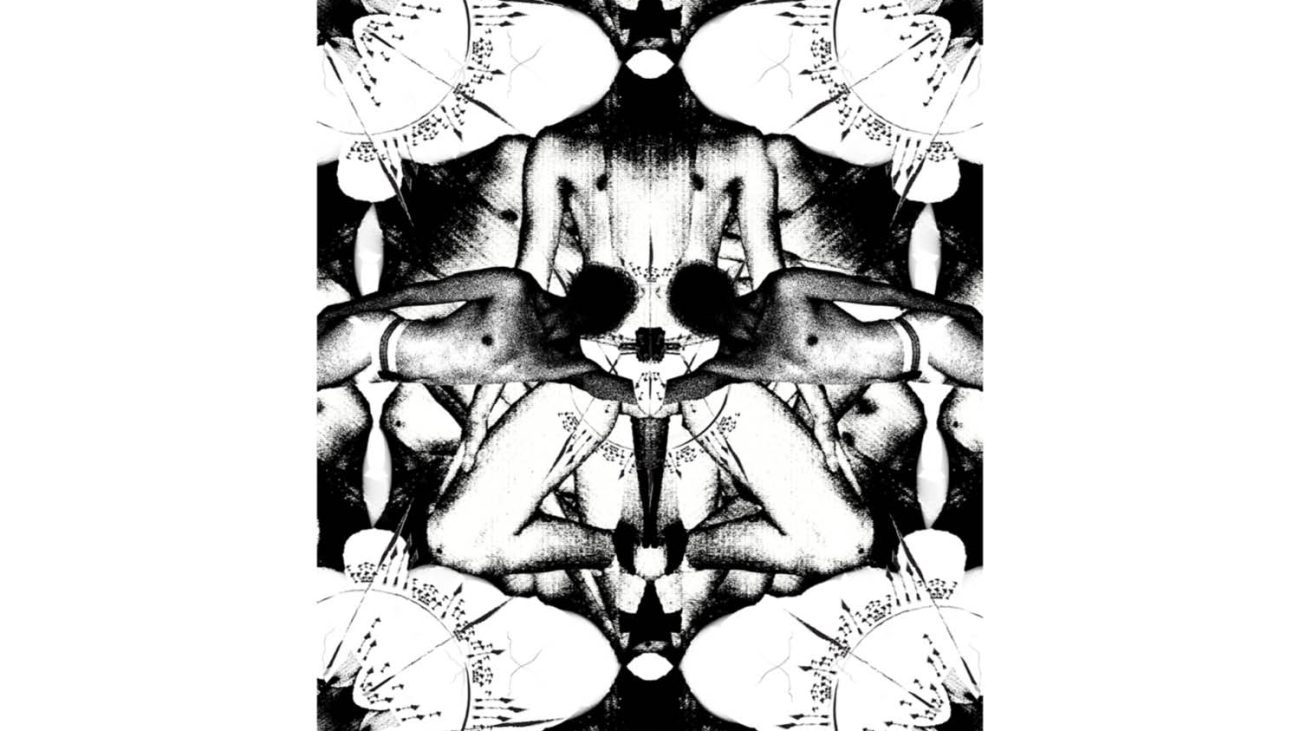
While it has remained a constant in queer spaces, the jock has slowly begun to enter the mainstream. Designers have now incorporated the “male g-string” into their collections. The recent social climb is partly due to designers such as John Galliano, JW Anderson, Gucci, Vivian Westwood, Thom Browne, Ludovic de Saint Sernin, and others. This push from queer designers coincides with the queerification of men’s clothing. This expression has gone on to take the forms of Troye Sivan’s Rush and Kim Kardashian’s Interview Magazine cover, with the jock a recurring theme in both.
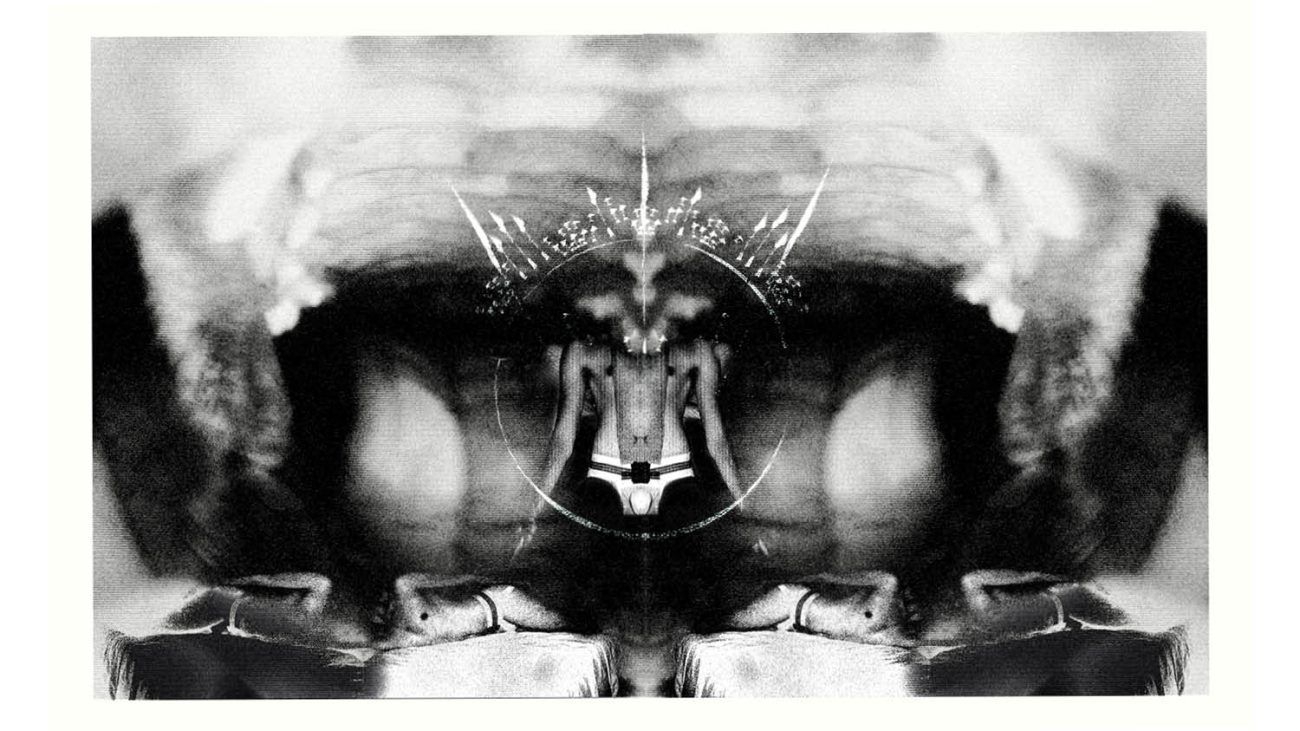
This renaissance inspires a wave of sex positivity. The definition of business in the front and party in the back. In a time when gay men were made to feel ashamed for sex, the jockstrap instilled a sense of freedom. Now, that freedom can be shared. You can wear it to the bars on Saturday and ask for forgiveness in it on Sunday. The duality of man. From runways to bedrooms, locker rooms to church pews, every day is a day closer to the jock rapture. As people continue to find new ways of incorporating the gay holy grail into pop culture, the jockstrap continues to live a life run through, just the way it’s meant to be.
Graphics by Caleb Goss

